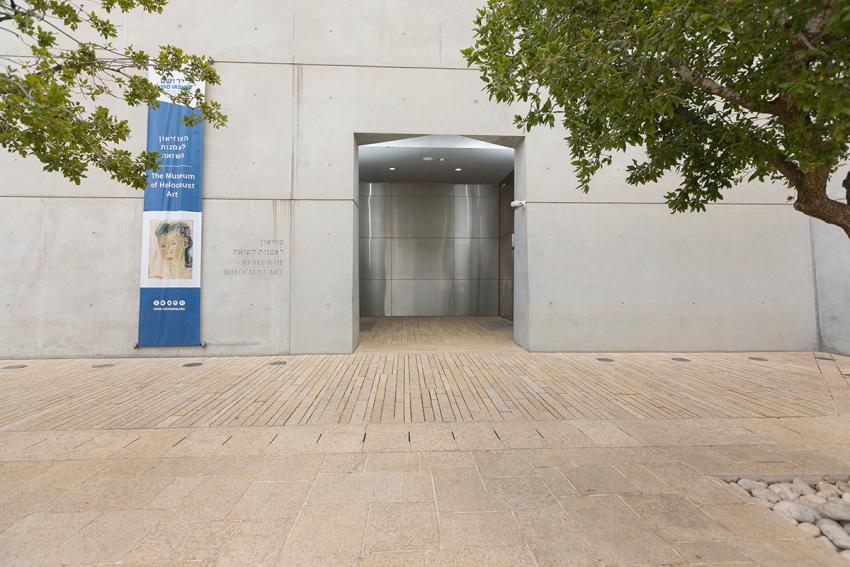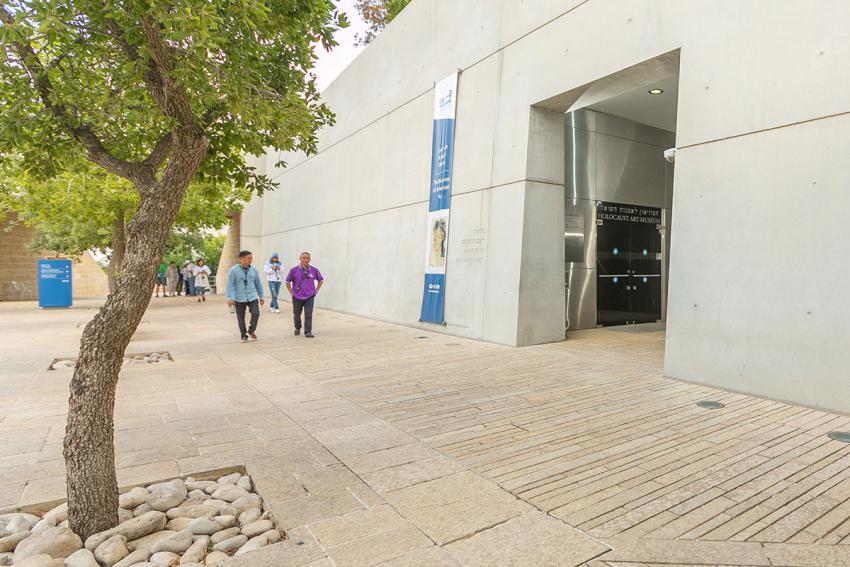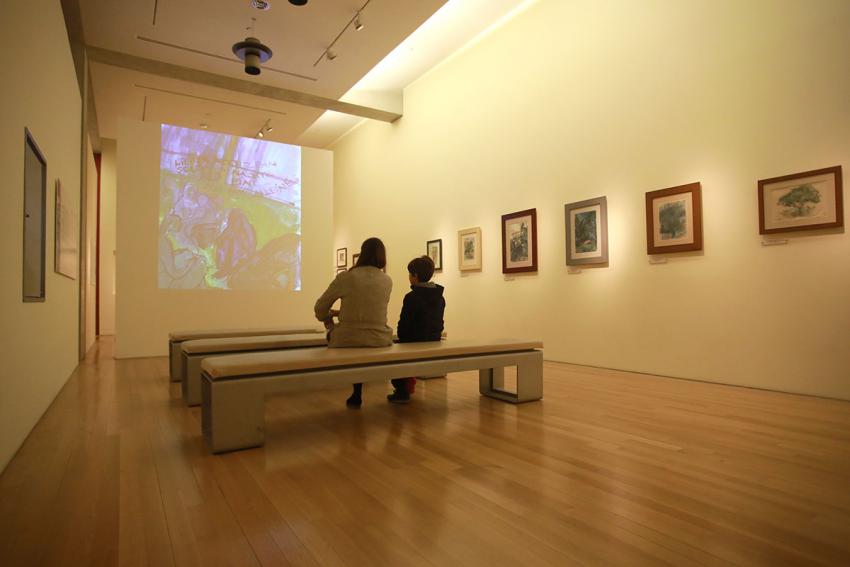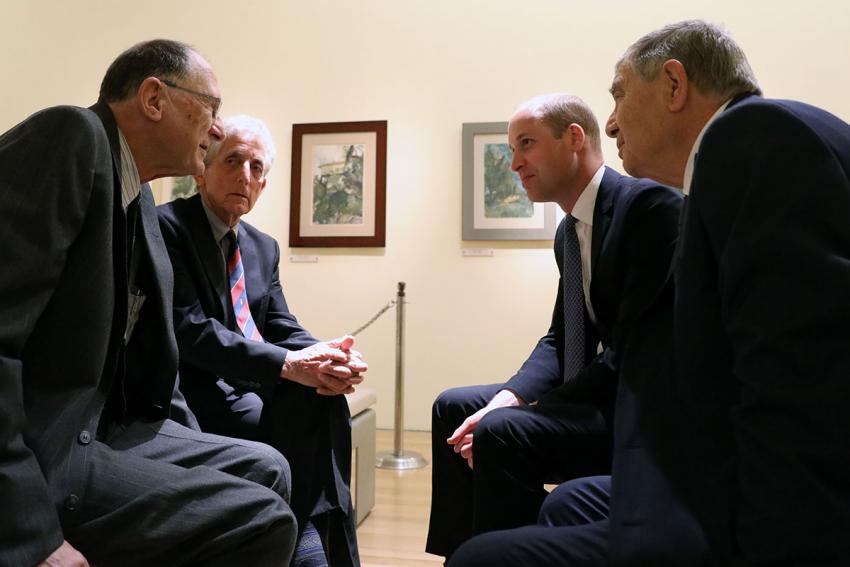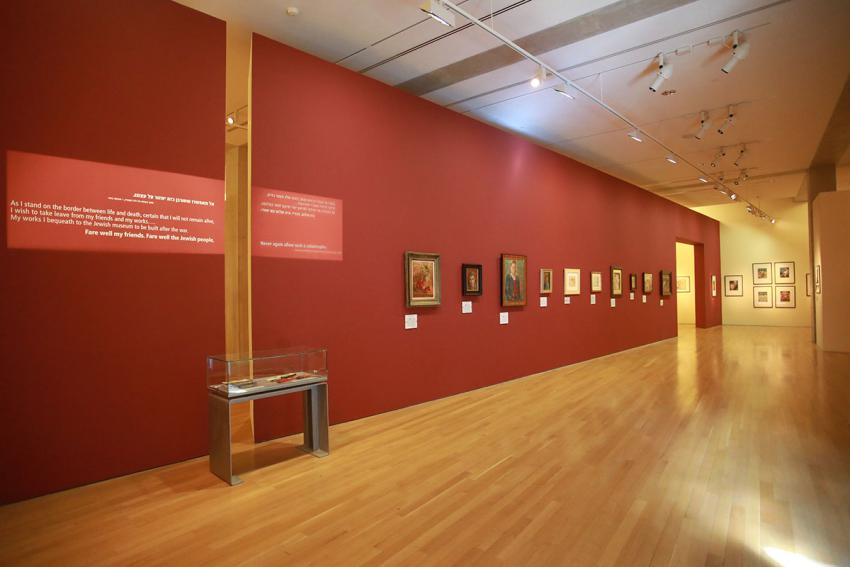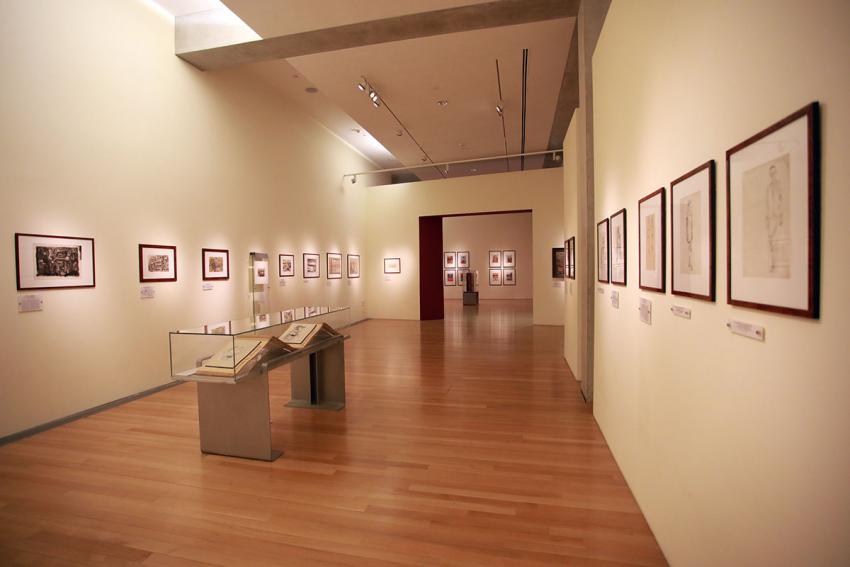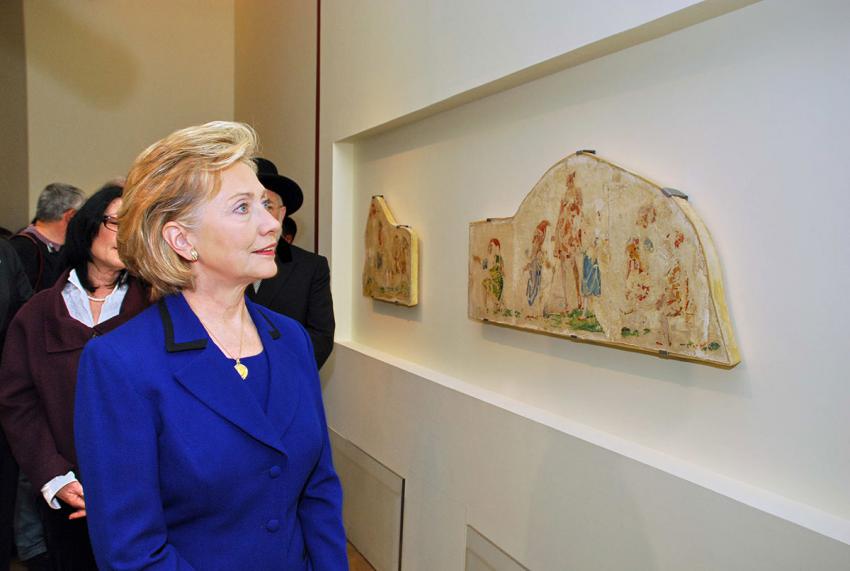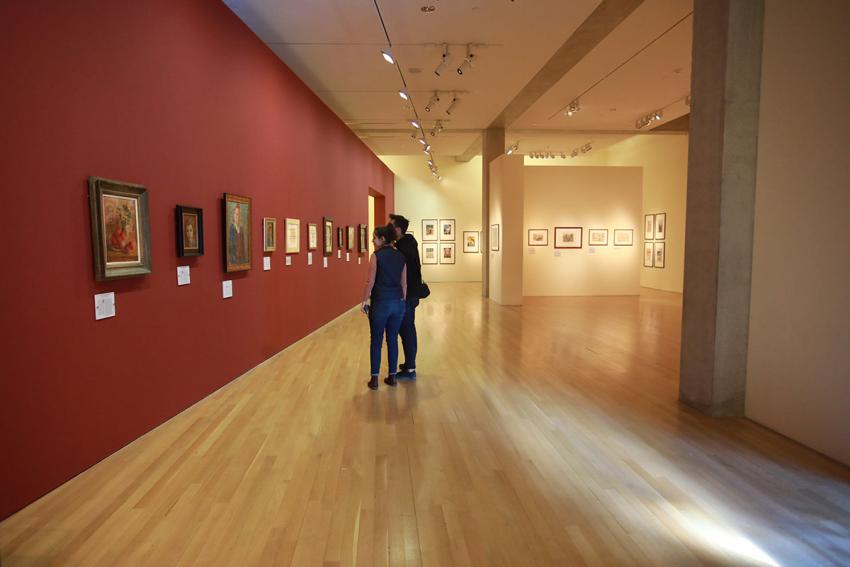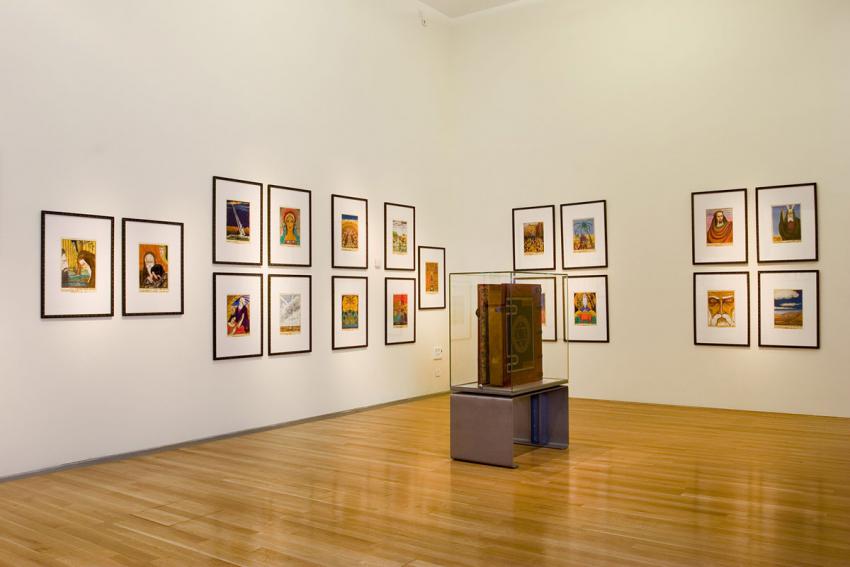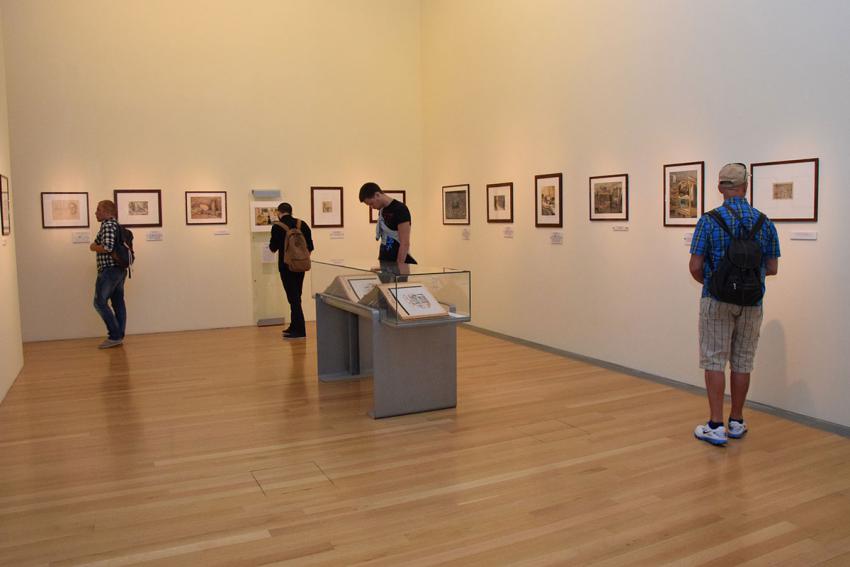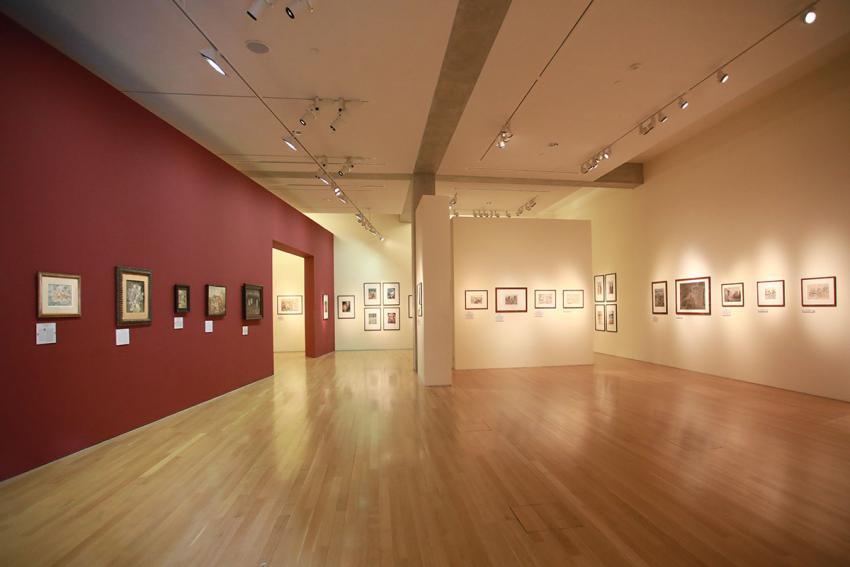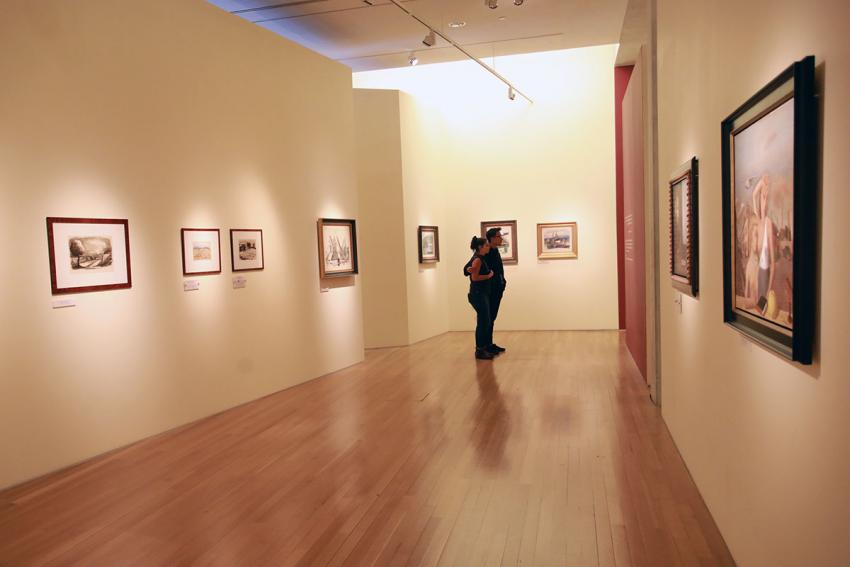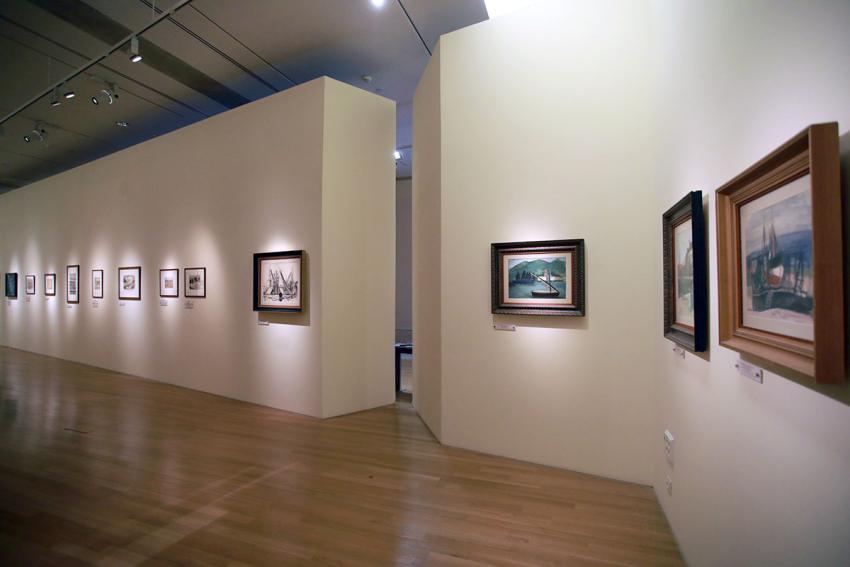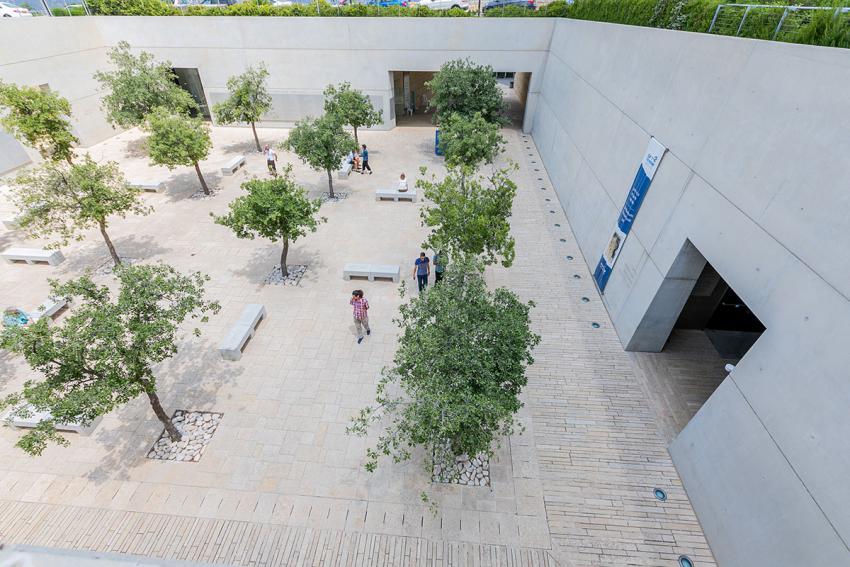"As I stand on the border between life and death, certain that I will not remain alive, I wish to take leave from my friends and my works…
My works I bequeath to the Jewish museum to be built after the war.
Fare well my friends. Fare well the Jewish people. Never again allow such a catastrophe."
From the Last Will and Testament of Gela Seksztajn, 1 August 1942
Many of the works of art on display were created in ghettos, camps, forests, and while in hiding. They depict the reality of life during the Holocaust, but at the same time provide a glimpse into the inner world of the artist. Despite the appalling conditions and the daily struggle to survive, the artists inventively overcame their lack of materials. Through their creativity, they reasserted their individuality and their will to live.
Along with the urge to document daily life, artists searched for a way to break free from their cruel environment. They escaped through their work, finding spiritual refuge in the realms of beauty, memory, contemplation, imagination and faith. They also provided their fellow inmates with an opportunity to forget, even just for a moment, the hardships of the ghettos and camps. Beyond the variety of approaches, the different styles and the multiplicity of themes evoked, all the artworks testify to the power of the human spirit and its refusal to surrender.
The opening wall at the entrance pays tribute to artists who were murdered in the Holocaust and were active prior to or during the war. All works are accompanied by biographies of the artists who produced them, so that the exceptional context of their creation may be understood. Four artists receive particular emphasis and distinct designated spaces highlighting their life story and works: Bruno Schulz, Charlotte Salomon, Felix Nussbaum and Carol Deutsch.
Ultimately, the display reflects the extraordinary creativity of Jewish artists during the Holocaust, who left powerful visual testimonies enabling us to honor their memory today.
The building of the Museum of Holocaust Art was designed by Moshe Safdie as part of Yad Vashem’s Museums Complex, and its construction was enabled through the generous donation of Dr. Miri and Sheldon Adelson.
